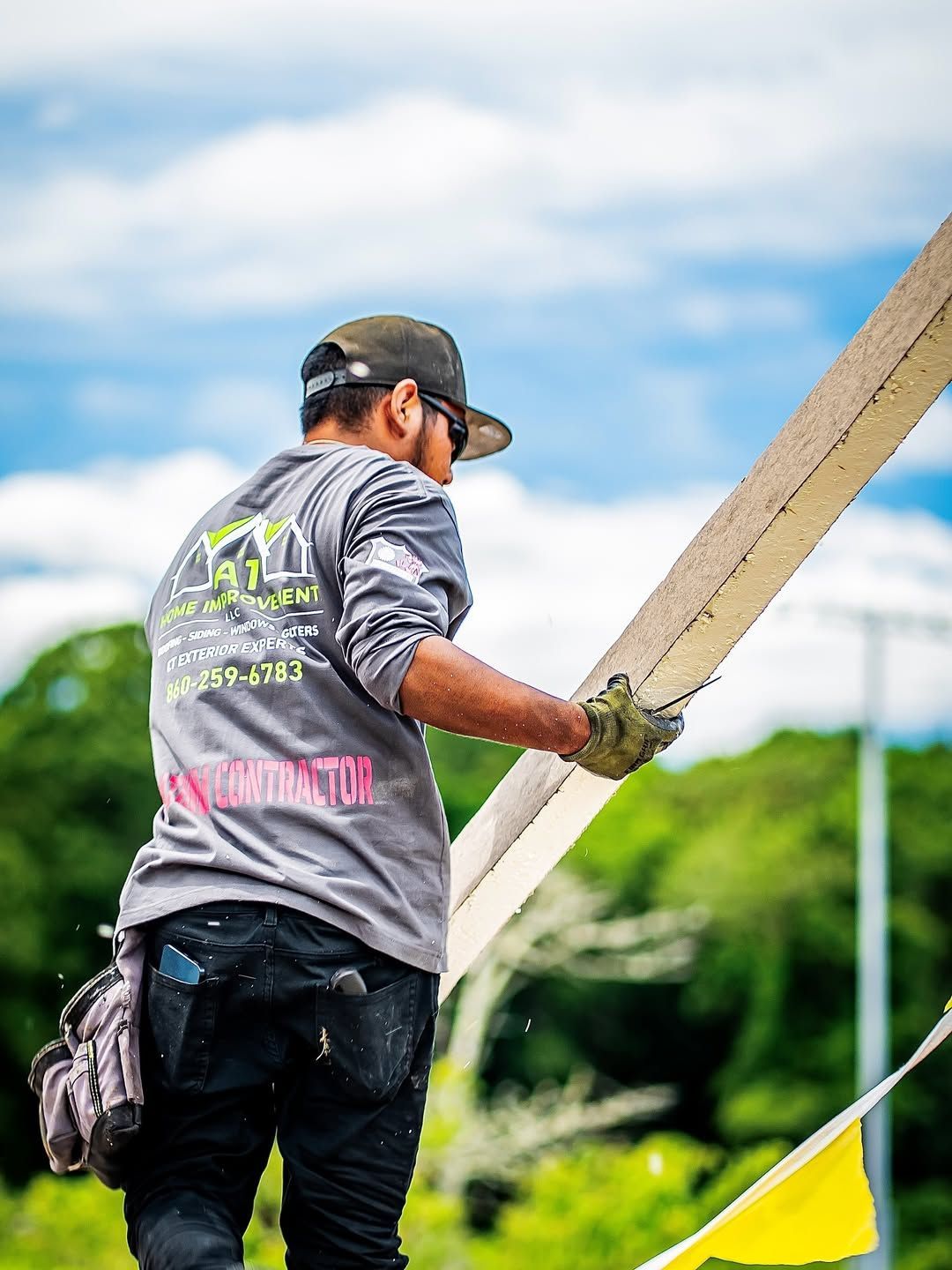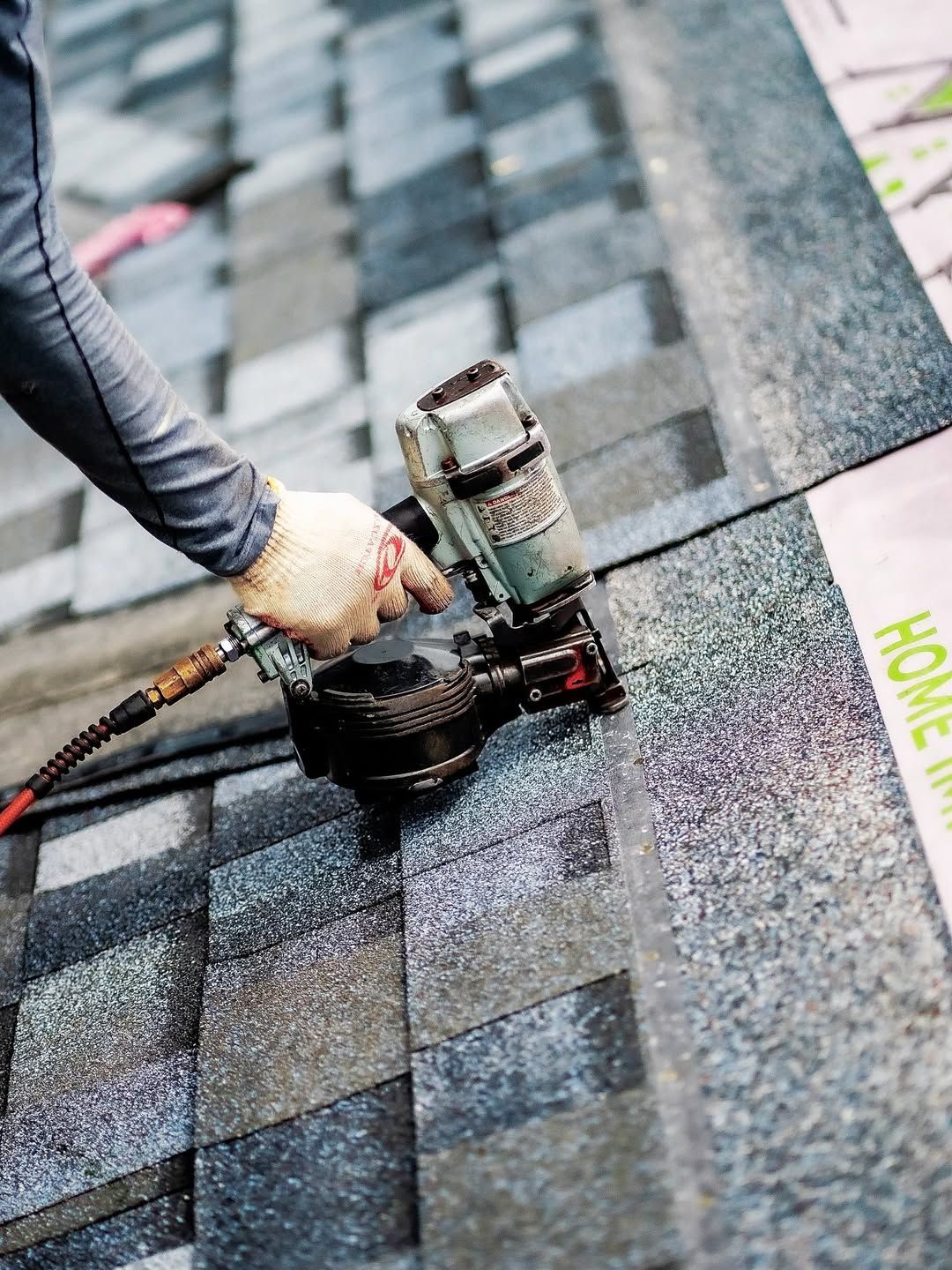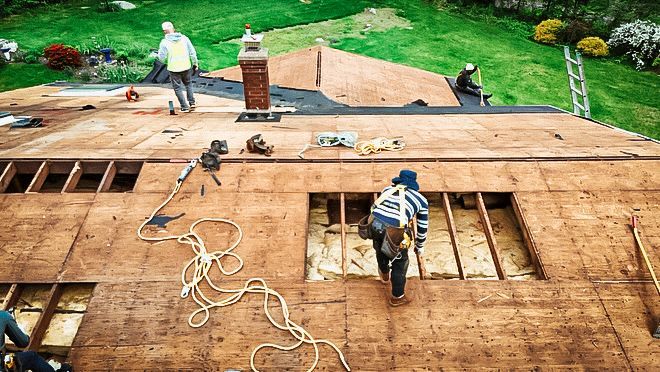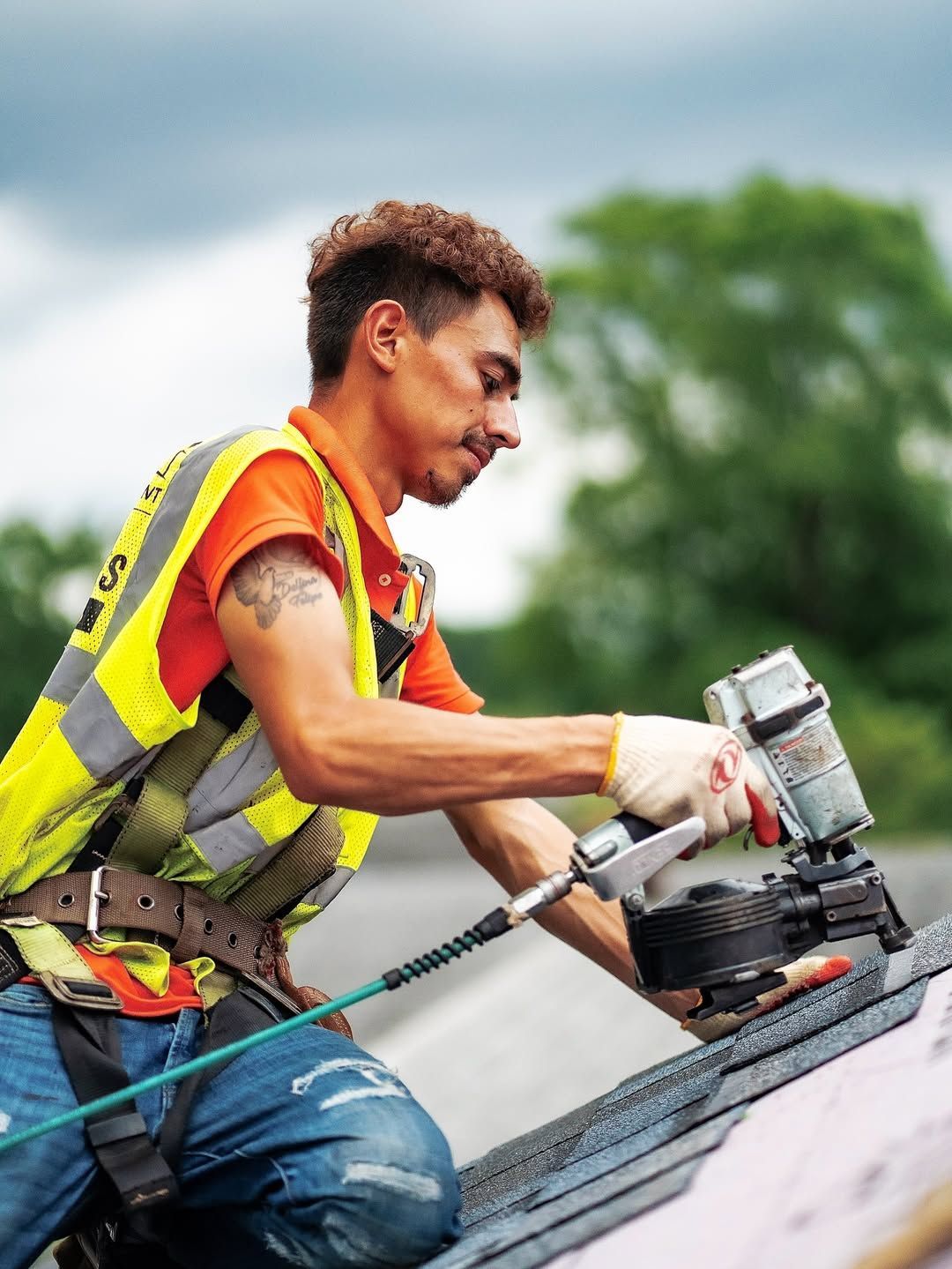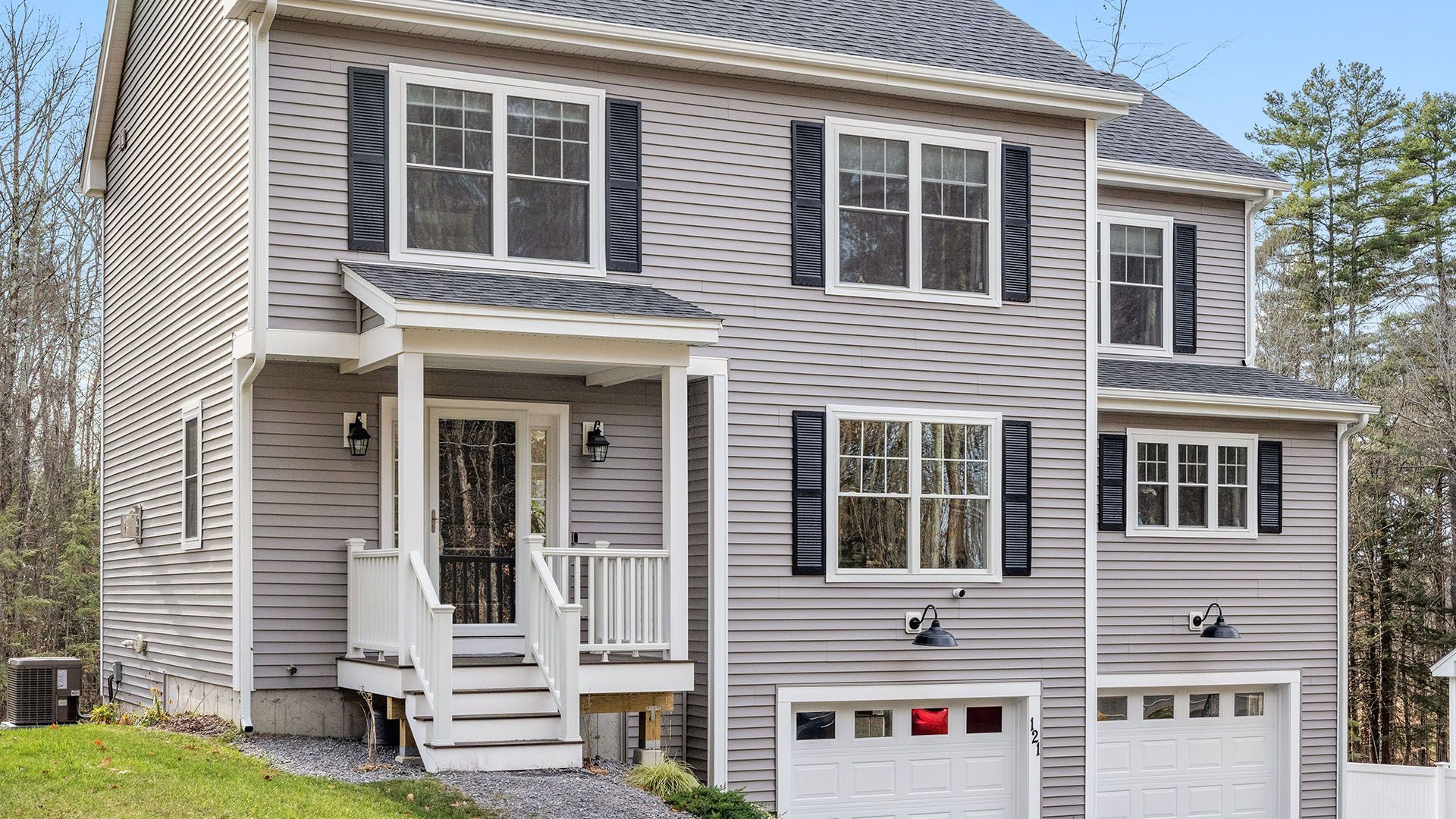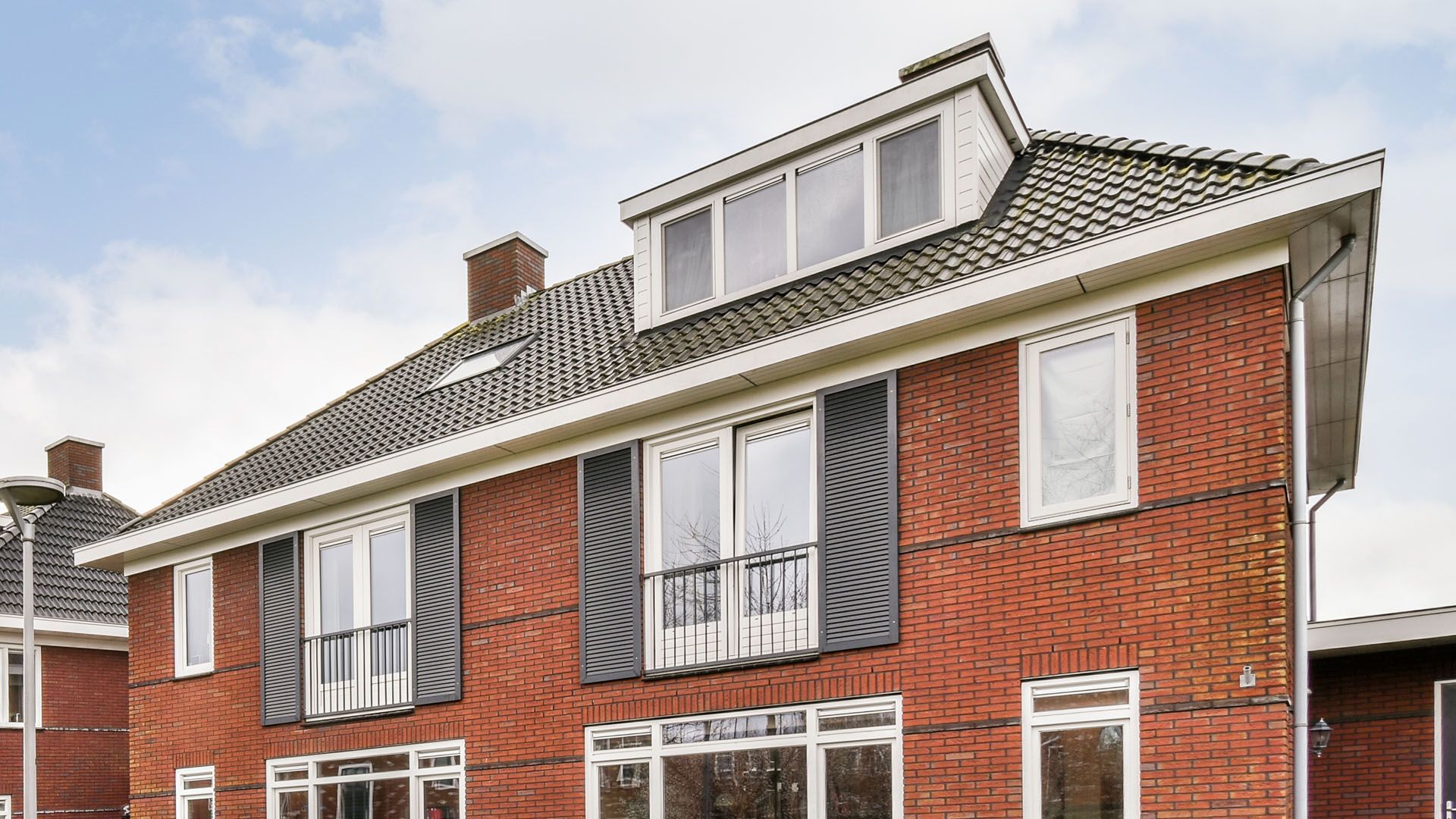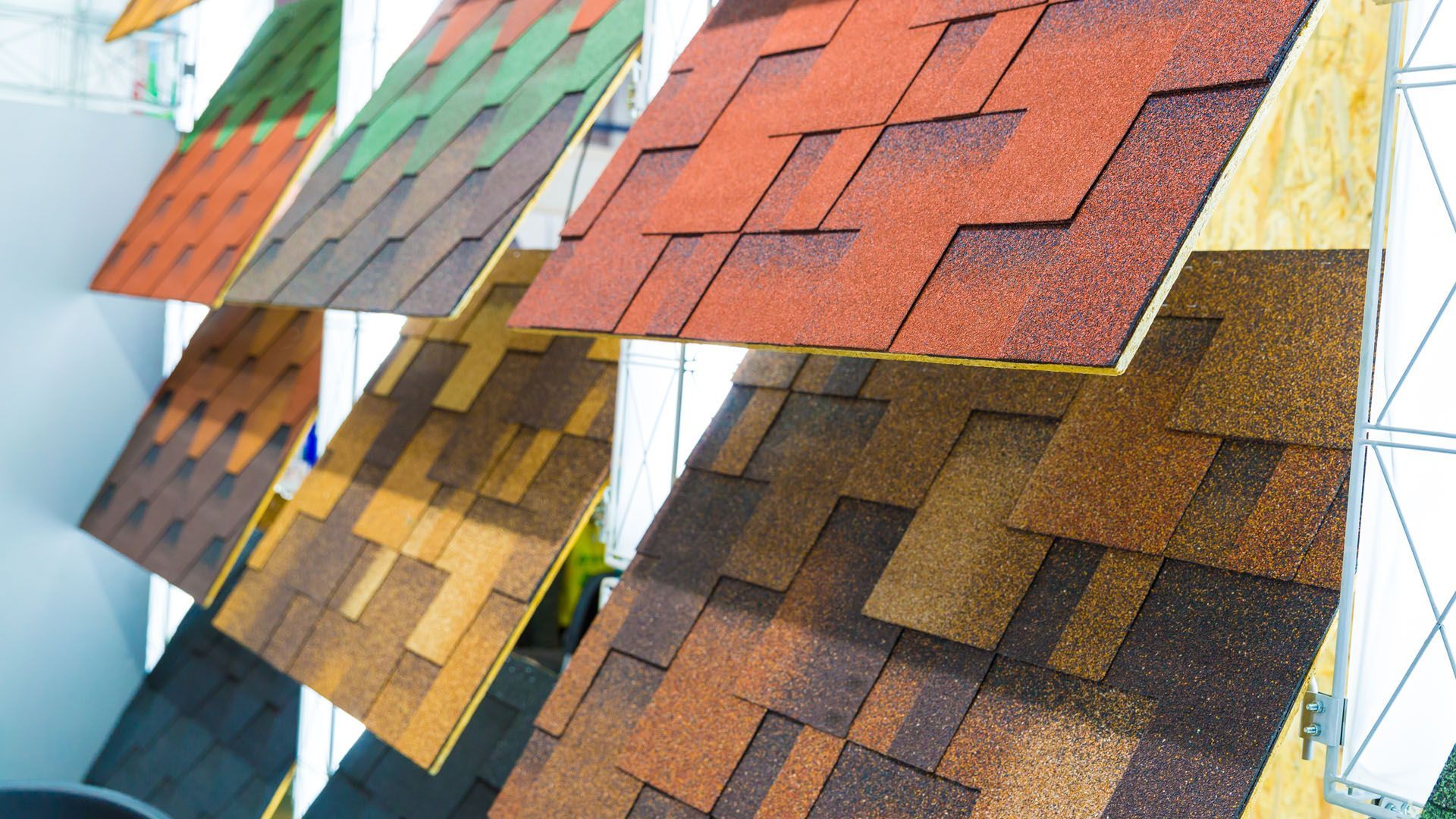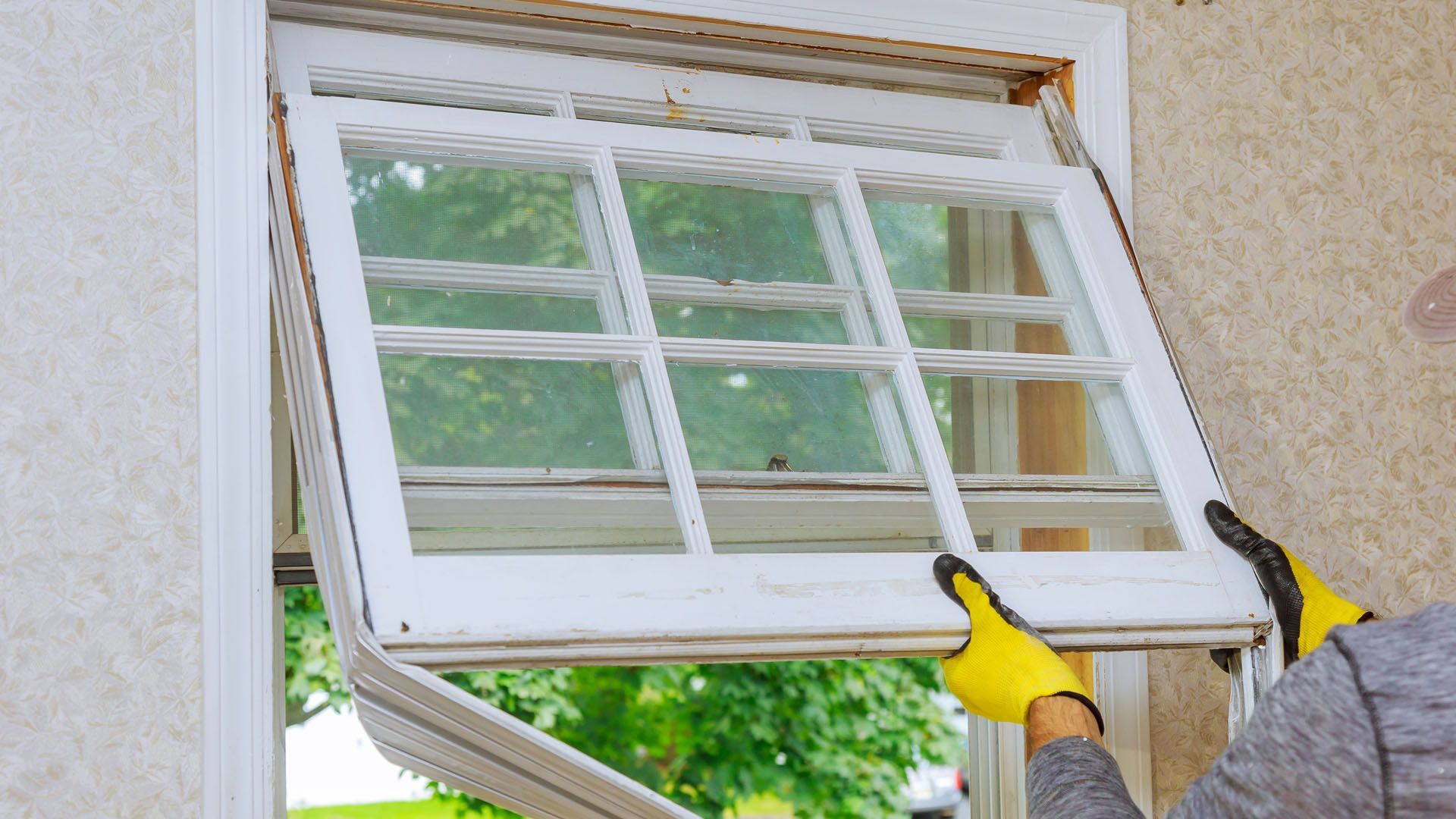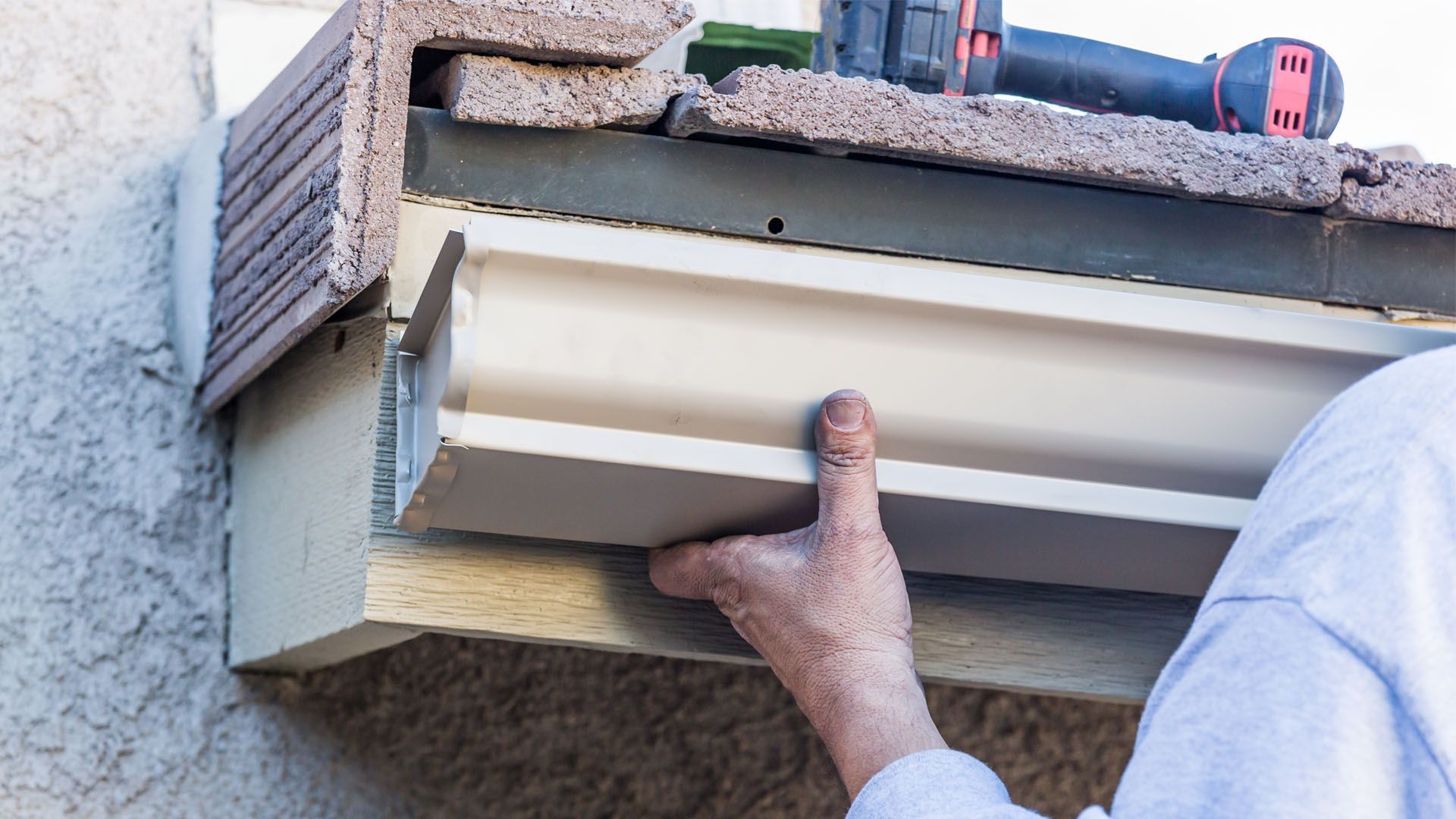Mastering Roof Layer Basics: What Homeowners Need to Know
What is a roof layer and why does it matter? A roof layer consists of components like the decking, underlayment, and shingles, each protecting your home from weather damage. In this article, we explore these layers and their upkeep.
Key Takeaways
- Understanding the structure and function of roof layers is essential for maintaining your home’s durability and making informed decisions about repairs and replacements.
- A well-constructed roof includes multiple layers such as the roof decking, underlayment, and roofing material, each playing a crucial role in protecting the home from weather and environmental wear.
- Proper installation and regular maintenance of protective measures like flashing and drip edge are critical in preventing water damage and extending the roof’s lifespan.
The Importance of Understanding Roof Layers
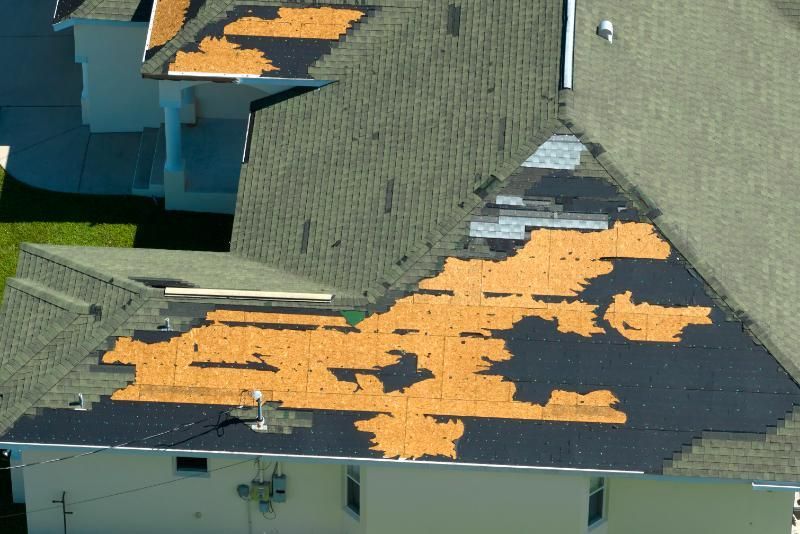
Understanding the fundamentals of roof layers goes beyond mere technical knowledge; it’s key to maintaining your home’s durability and resilience. Each layer, from the roof deck to the final shingles, plays a crucial role in shielding your home from weather conditions and environmental wear and tear. A clear comprehension of these components will help you recognize the significance of regular maintenance and timely repairs.
Being familiar with the function of each layer enables you to decide wisely between a roof repair or a full roof replacement. This knowledge can save you from unnecessary expenses and extend the life of your roof. Additionally, getting to grips with roof anatomy helps you identify potential issues at an early stage, thereby averting minor problems from turning into substantial damage.
In the end, maintaining your roof well guarantees optimum performance and longevity. It’s not just about the immediate protection but also about the long-term health of your home. Recognizing the signs of wear and knowing the purpose of each layer can give you peace of mind and protect your investment.
Exploring the Fundamental Layers of Your Roof
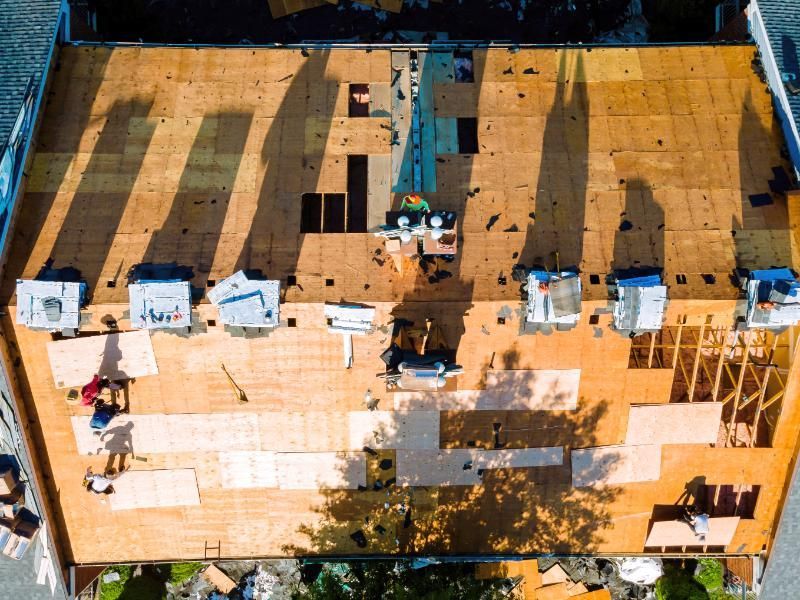
A roof is much more than its outermost layer. In fact, the layers of a roof comprise several fundamental components that work together to provide a robust and weather-resistant structure. These include the roof decking, underlayment, and roofing material. Each has a unique role and contributes immensely to the overall integrity of the roof system.
The roof system consists of three main layers:
- Roof deck (also known as roof sheathing) - provides a solid foundation for the rest of the roofing materials.
- Underlayment - offers an additional layer of protection against water infiltration.
- Roofing material - serves as the outermost layer, protecting the home from the elements and contributing to its aesthetic appeal. This can be asphalt shingles, metal roofing, or other types of roofing materials.
Having a grasp of these layers aids in appreciating the complexity of your roof and the significance of each component. We’ll examine each of these layers in detail to understand their contribution to a robust and efficient roof system:
- Roof Deck
- Underlayment
- Roofing Material
- Flashing
- Gutters and Downspouts
Roof Decking
The roof decking, often referred to as the foundation of the roofing system, is typically made from plywood or oriented strand board (OSB). This layer is installed over the framing trusses or joists and serves as a stable surface for attaching additional roof layers. If the roof deck isn’t solid, the entire roofing structure is at risk of failure.
It’s the responsibility of professional roofers to:
- Check the roof decking for any indications of rot or damage
- Replace compromised decking to ensure the integrity of the roof
- Conduct regular inspections to identify issues early
- Make timely repairs to prevent more extensive damage down the line.
Underlayment
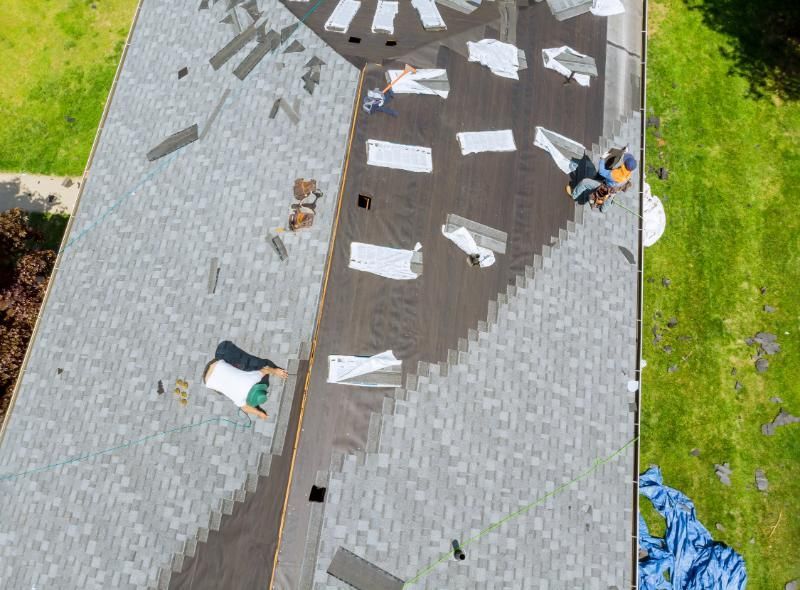
The underlayment acts as a crucial protective barrier between the roof decking and the shingles. It is designed to be water-resistant, preventing rain from seeping through the shingles and reaching the roof deck. This layer is particularly important in protecting the roof deck from:
- water damage if the shingles are compromised
- ice dams
- wind-driven rain
- leaks caused by roof penetrations
In essence, the underlayment serves as an additional line of defense, ensuring that even if the outer roofing material is damaged, the underlying structure remains protected. This barrier is vital for maintaining the durability and longevity of the roof.
Roofing Material
The roofing material is the outermost layer of a roof and serves as the visible shield against the elements. Common options include:
- Asphalt shingles
- Metal roofing
- Cedar shake
- Synthetic roofing materials
Each type offers different benefits in terms of durability, cost, and aesthetic appeal.
Generally visible from the street, this top layer often serves as the first barrier against weather conditions. Choosing the right roofing material can enhance both the appearance and functionality of your home, providing essential protection and adding to its overall value.
Enhancing Roof Performance with Additional Layers
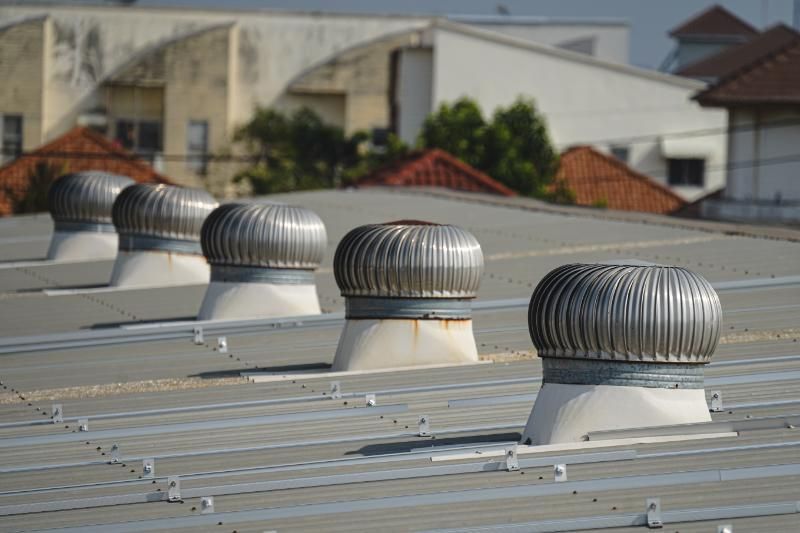
Beyond the fundamental layers, additional components can significantly enhance your roof’s performance. These include the ice and water shield, roof ventilation systems, and insulation. Each of these layers adds an extra dimension of protection and efficiency to your roofing system.
Some key components of a well-constructed roof are:
- Ice and water shield: This helps ward off moisture damage.
- Roof ventilation systems: These maintain a uniform temperature and humidity level in the attic, which is vital for the roof’s health.
- Insulation: This minimizes heat transfer, improving energy efficiency and preventing issues like ice damming.
By adding these extra layers to your sloped roof, you can optimize its performance, offering improved protection and efficiency.
Ice and Water Shield
The ice and water shield is a waterproof membrane. Its purpose is to:
- Protect the roof deck from moisture damage
- Form a watertight seal around nail penetrations and other vulnerable areas
- Prevent water from seeping in and causing damage
This layer is especially important in areas prone to heavy rain or snow.
Typically installed in roof valleys, around penetrations, and on roofs with certain pitches, the ice and water shield is a critical component for maintaining the integrity of the roof. Ensuring this layer is properly installed can significantly reduce the risk of leaks and water damage.
Roof Ventilation Systems
Maintaining a healthy roof requires proper ventilation. It helps regulate temperature and humidity levels in the attic, preventing issues like mold growth and premature aging of the roofing materials. Different types of vents, including ridge vents, static vents, and gable vents, work together to ensure adequate airflow.
An effective ventilation system can extend the roof’s lifespan by keeping the attic space properly ventilated. Solar-powered attic vents and turbine vents offer eco-friendly options, while ridge vents and roof vents provide a discreet and efficient solution for ventilation.
Insulation
Insulation significantly contributes to improving your home’s energy efficiency. By minimizing heat transfer between the outside and inside of the building, insulation helps maintain a consistent indoor temperature and reduces heating and cooling costs. Materials like polyurethane spray foam are particularly effective in this regard.
In addition to improving energy efficiency, proper insulation can prevent problems like ice damming, which can cause significant damage to the roof and attic. Investing in quality insulation is a smart move for any homeowner looking to protect their home and reduce energy expenses.
Protective Measures: Flashing and Drip Edge
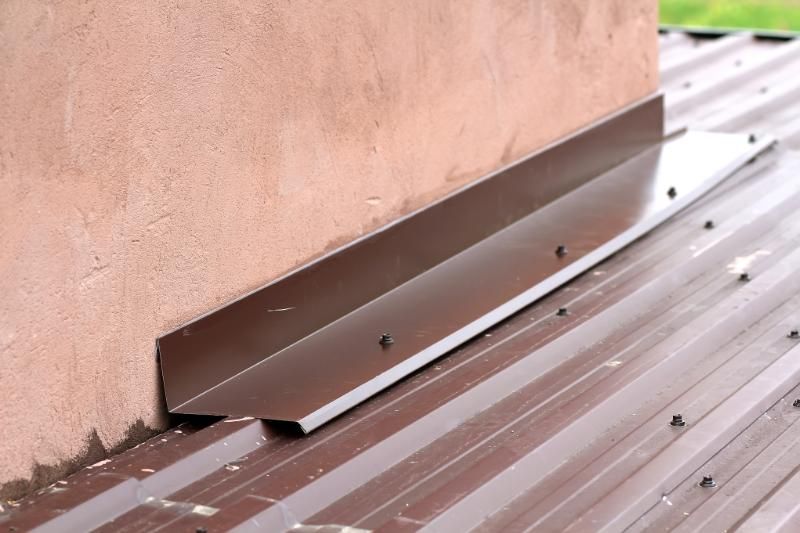
Implementing protective measures such as flashing and drip edge is crucial in averting water damage and leaks in key roof areas. These components work together to direct water away from vulnerable points, ensuring the roof remains watertight and durable.
Flashing, typically made of metal, is installed at intersections and joints on the roof to channel water away from areas like chimneys, walls, and valleys. The drip edge protects the roof edges, preventing water from seeping into the fascia board and roof decking.
Regular maintenance and inspection of these protective measures are crucial for ensuring the roof’s long-term integrity.
Roof Flashing
Roof flashing is a thin, waterproof material installed at the intersection of different roof planes to direct water away from critical areas. Common materials for flashing include aluminum, steel, and copper. Flashing is used around chimneys, walls, vents, and skylights to prevent leaks.
To avoid potential leaks and water damage, regular inspection and upkeep of roof flashing is required. Ensuring that flashing is in good condition can protect the roof and prolong its lifespan.
Drip Edge
The drip edge is an essential component that protects the edges of the roof from water damage. It ensures that water drains away from the roof, preventing it from getting behind gutters and causing damage to the fascia board and roof decking.
Drip edge vents have several functions:
- They serve as traditional drip edges, directing water away from the roof edge and preventing water damage.
- They also act as intake vents, allowing air to flow into the attic and promoting proper ventilation.
- Proper installation of the drip edge is necessary for compliance with building codes, which is crucial for passing home inspections.
Signs of Roof Damage and When to Act
Early detection of roof damage can spare you expensive repairs and potential structural problems. Broken, cracked, or curling shingles are visible indicators that your roof may need attention. Missing shingles can lead to serious problems, including rotting wood and mold.
Water damage on walls or ceilings is a clear sign that there is a roof leak. Additionally, mold or rotting wood in the attic can indicate a hidden leak. Some damage may not be visible from the ground, so regular professional inspections are essential.
Prompt action is crucial to prevent minor issues from escalating into significant problems. If you notice any signs of damage, it’s best to call a professional roofing contractor to assess and repair the roof.
Why Proper Roof Installation Matters
The entire roof system depends on proper installation for effective functioning. It ensures that each layer of your roof is installed correctly, providing maximum protection and longevity. Improper installation can lead to leaks, structural damage, and voided warranties.
A well-installed roof offers peace of mind, knowing your home, valuables, and family are protected. It can also save you money in the long run by reducing the need for frequent repairs and extending the roof lifespan.
Ensuring that the roof is installed correctly from the start is crucial for maintaining valid warranties and avoiding denied insurance claims. Investing in proper installation is a wise decision for any homeowner.
Choosing the Right Roofing Contractor
To guarantee quality workmanship and a durable roof, it is crucial to choose the right roofing contractor. Here are some steps to help you make the right choice:
- Check reviews and ask for recommendations from friends or family.
- Evaluate the contractor’s qualifications by checking their licensing, years in business, and customer reviews.
- Ensure the contractor has workers’ compensation and liability insurance.
- Look for contractors who offer a clear contract and solid warranty agreement.
- Request a written estimate that includes materials, labor, and applicable taxes.
By following these steps, you can find a reliable roofing contractor who will provide you with a high-quality roof for your roofing project.
It’s recommended to get quotes from at least three contractors to compare pricing. Avoid hiring a cheap contractor, as it often leads to improper installation and increased costs due to poor workmanship and materials.
Summary
Understanding the different layers of your roof and their functions is crucial for maintaining a healthy and durable roof. From the roof decking to the final shingles, each layer plays a vital role in protecting your home from the elements. Additional layers like the ice and water shield, roof ventilation systems, and insulation further enhance the roof’s performance.
Choosing the right roofing contractor and ensuring proper installation are key to maximizing the roof’s lifespan and avoiding costly repairs. Regular maintenance and prompt action on signs of damage are essential for keeping your roof in top condition. Invest in your roof’s health, and it will protect your home for years to come.
FREQUENTLY ASKED QUESTIONS
Have Questions? We Have Answers
Share this Post
